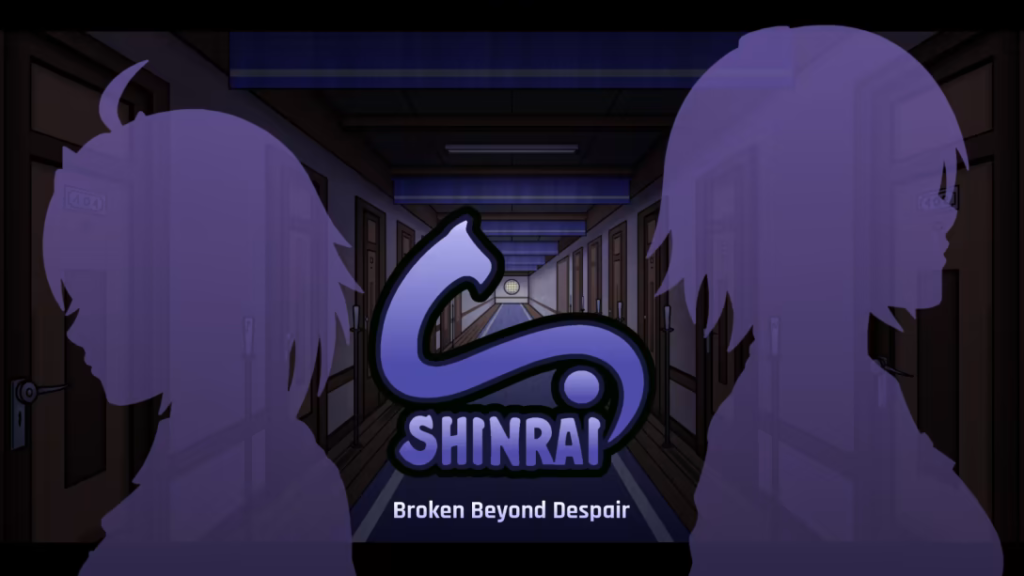
TRIGGER WARNING: Shinrai – Broken Beyond Despair uses swearing and written descriptions of sexual acts. The game also features extreme scenes related to suicide, self harm, and domestic abuse. This is discussed in the review. This is an adults only game and is absolutely inappropriate for younger audiences. Some screenshots in this review have been censored due to the extreme content.
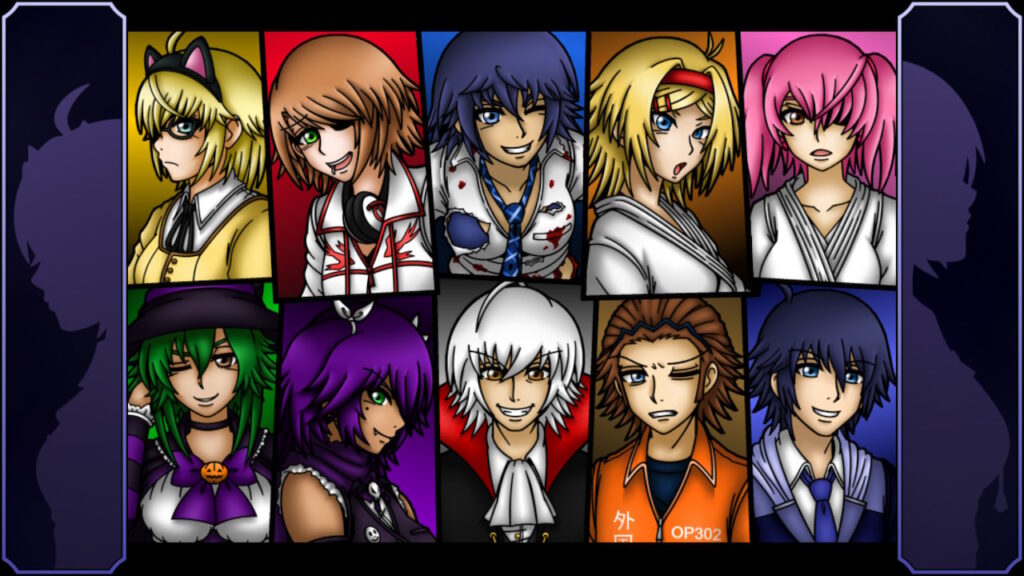
We’ve covered an absolutely ridiculous number of visual novels over the last few years and they just keep coming. Like any rapidly expanding genre, the VN field has absolutely exploded with tiny indie titles like Synergia (review here) and spectacular high-budget affairs like the Steins; Gate series. Today we’re looking at yet another entry into the ever-growing visual novel library, Shinrai – Broken Beyond Despair from Gosatsu Visual Novels and publisher Ratalaika Games.
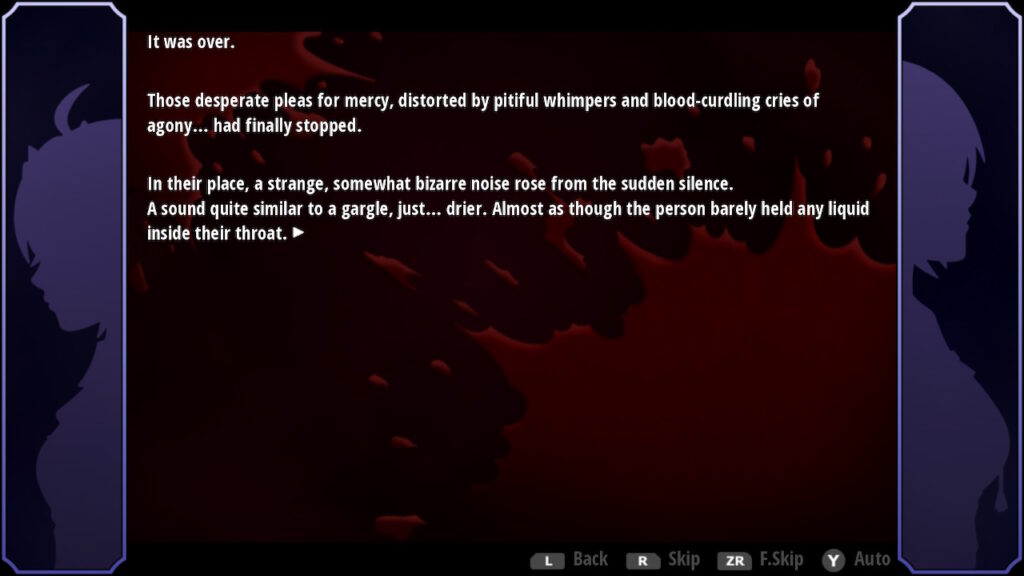
Shinrai starts out like your typical visual novel. You play Raiko Shinpuku, a 14 year old girl who’s being forced to go to a party against her will. She’s a grumpy introvert with lots of sassy mental backtalk. It’s a fluffy story with normal human problems, a little nonsense dialogue with Raiko’s family and her friend Nobara Akidori. Nobara speaks in phonetic slang, which is wildly distracting at first. It’s possible the devs were trying to be clever here, but it fell kind of flat and Nobara’s dialogue just ends up weirdly irritating. Anyway, Raiko and Nobara are headed to a Halloween party at their friend Rie’s dad’s hotel, which is empty. Mind you, these girls are 14, and they’re staying there alone.
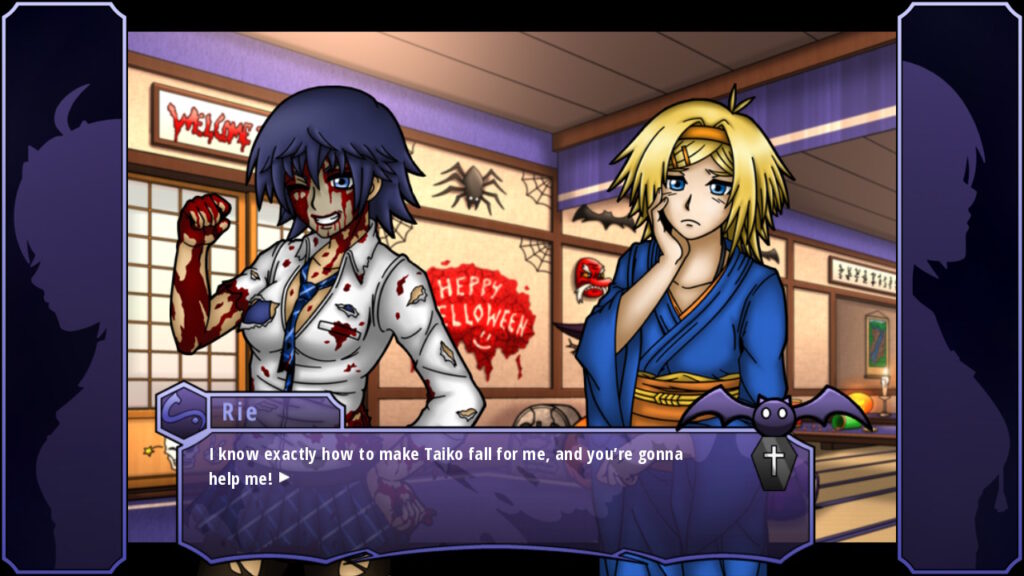
What you’ll find immediately upon playing Shinrai is that the dialogue is incredibly dense; there’s an absolute ton of it! In fact, some of the dialogue actually overlaps over the top of information presented in the background artwork (such as character bios) making both incredibly hard to read. Once you finally read your way through to the hotel, there’s already been so much backstory and detail that you might be getting a little impatient. You wouldn’t have been the only one.
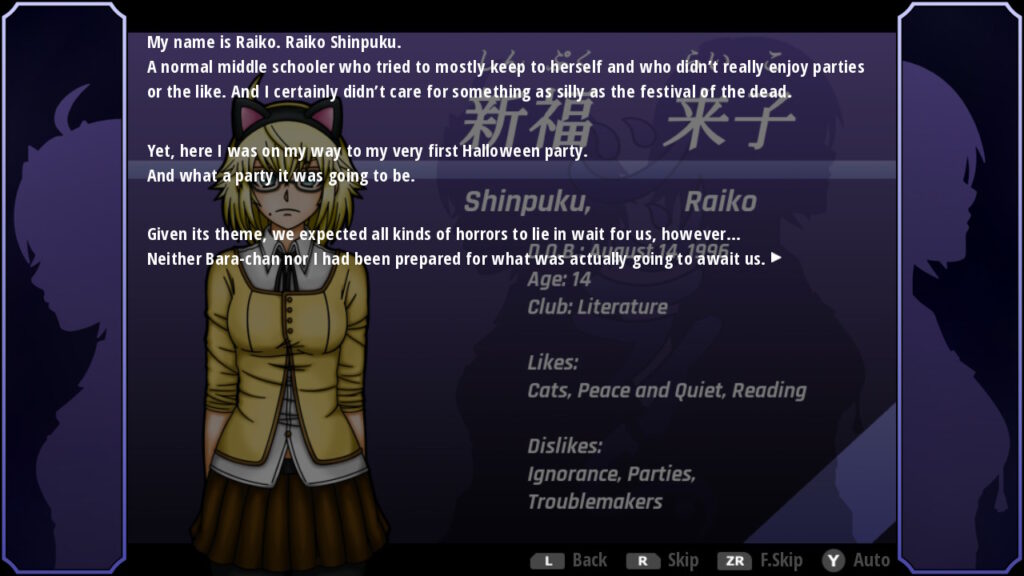
Regardless, eventually Raiko and Nobara show up at the party and are met by their eight friends, all ranging from 14-15 years old. Staying at a hotel. Alone. Yeah, this will go well. You’re looking at another couple hours worth of dialogue here and the game finally begins in earnest. You can use the investigative interface to look at items around the room and talk to other attendees at the party. This is where things get incredibly sexual too. One of the male characters, Kotoba, is an absolute pervert and there is not a lick of censorship here. Blatant discussions about masturbation, male genitalia, and more are rife throughout Shinrai, as is the f-word. There’s a surprising amount of incredibly crude dialogue and implication in the game, so much that it’s a surprise Nintendo allowed it on their platform.
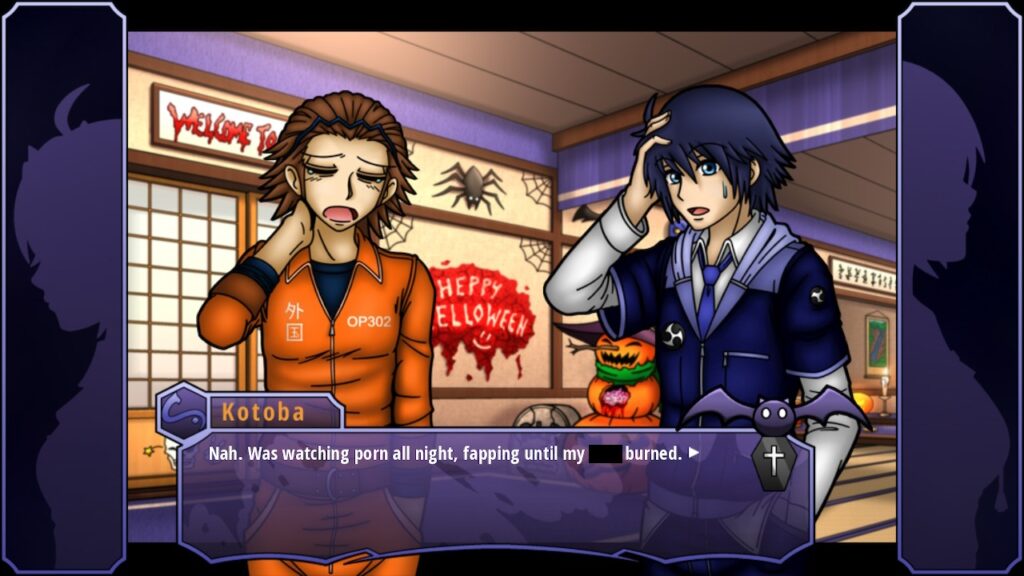
Let’s talk about this a bit more. Not only is Shinrai blatantly sexually graphic (even if it’s in a college humor manner), it’s also disturbing. There are several very blunt discussions about suicide, one of the relationships features mental abuse against one of the girls prominently to the point where you might do a double take reading the dialogue, and the game is fairly bloody too. There are really no punches pulled here, and it feels like the content was added for shock value more than real backstory and character building. And keep in mind…14 and 15 year old kids. It’s one thing to feature that type of content in a story, and entirely another to thrown it in for cheap thrills. This is where Shinrai starts to fall apart.
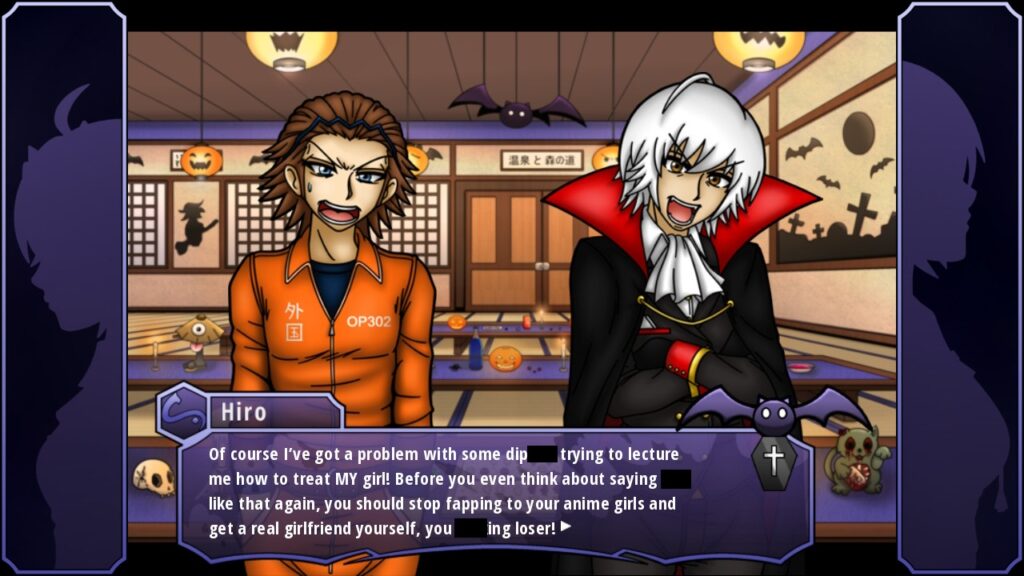
After the dialogue, shocking and mundane both, things take a very dark turn. Instead of monsters or anything supernatural, it’s cold-blooded murder in the abandoned hotel and things only escalate into violence and chaos from there. There’s no sense in ruining the plot if you’re interested in it, but suffice it to say there’s a heck of a lot going on here, surrounded by reams and reams of dialogue. If you can tolerate the weird script and disturbing imagery, eventually Shinrai turns into a pretty decent story, but it’s still marred by weird age choices and other issues.
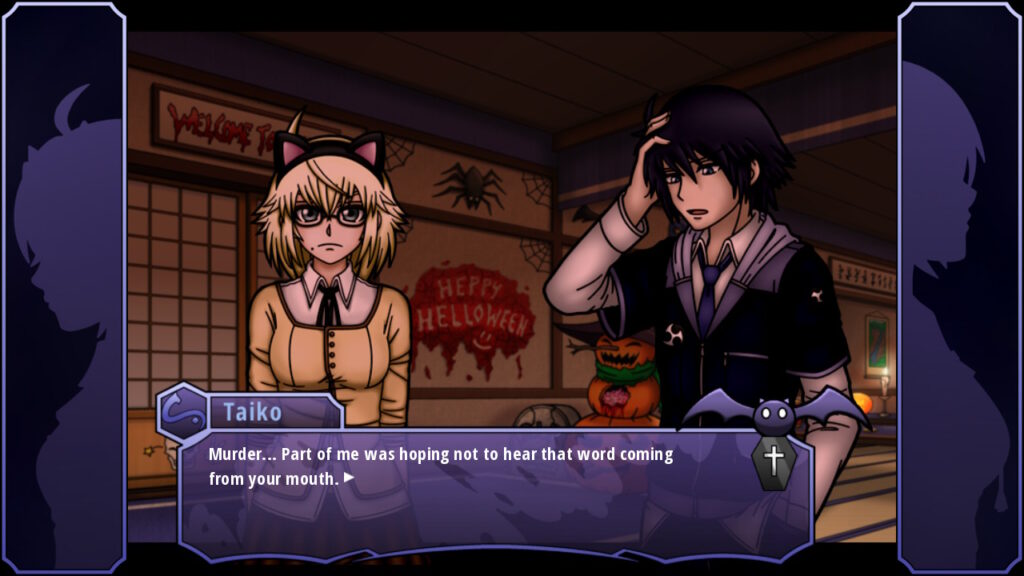
One of those issues is the investigation interface. It’s extremely hard to figure out what to click on in the interface, and there are absolutely no guiding elements. Simply move the cursor over things and hope they light up, then select them. Unfortunately, progression depends on you selecting some items more than once and it’s very difficult to tell which ones. By the time you get to this point, you might already be getting frustrated with the slow, plodding pace of the game, and who could blame you? Pacing is definitely not one of Shinrai’s strong suits.
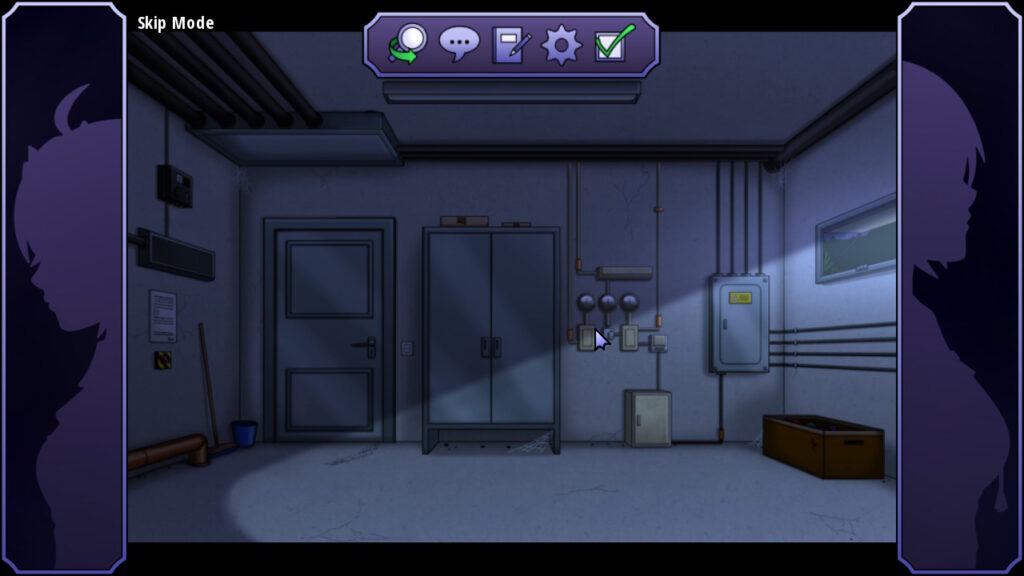
Eventually, you’ll pick up clues by talking to other students and examining various details of the environments. Then you’ll have to present them and accuse various students of the crimes and problems at hand, much like a Phoenix Wright game. Unfortunately, it’s not always particularly clear what to select and again, progression in the game depends on you selecting something obscure more than once in a way that’s just kind of irritating. It’s swell that there’s so much backstory and information but when it comes down to the accusations, there’s a lot of chaff to sort through. The biggest difference between Shinrai and a game like the Phoenix Wright series is that here you never use 90% of the information you’ve gathered. Only a handful of items and clues have any use in your investigation, further muddying the waters and creating needless filler to what should have been a more streamlined experience.
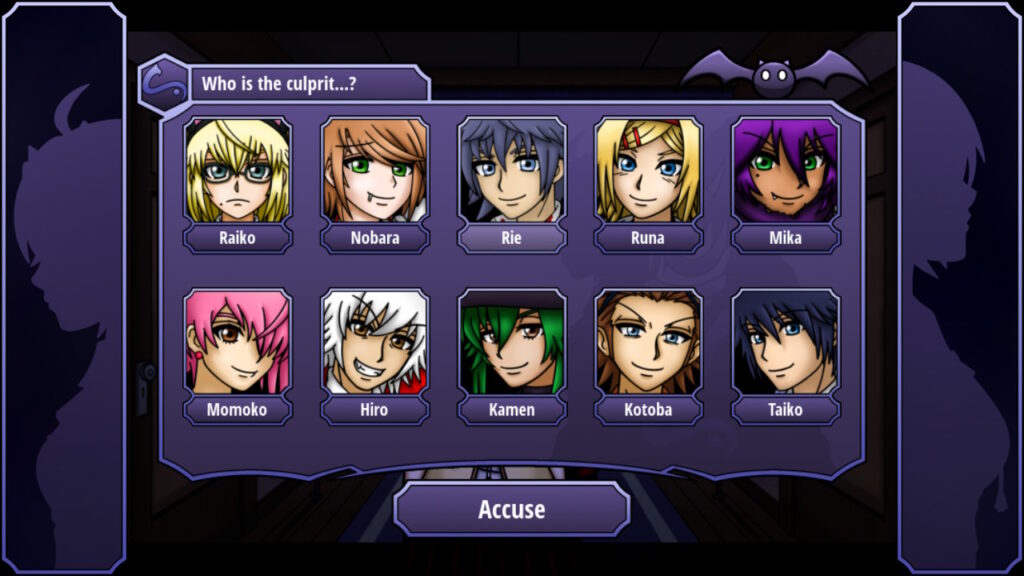
Then there’s the art. Shinrai has some fairly weak character designs and they’re remarkably sexual for the age of the characters. The artwork is amateur with thick lines and poor detail, like a ‘learn to draw anime’ book. It’s not that it’s bad per se, just that it’s well below the standard for most visual novels. Accompanying the uninspired visuals is an equally blasé soundtrack which fills the void, but never really manages to capture the essence of the game, simply looping slowly as you wade through the interminable text. This is noticeably an indie title and not in a good way. That roughness leads on into the interface design, the way text overlays artwork, in fact every aspect of Shinrai. The game simply lacks polish. It has the potential; it simply doesn’t capitalize on it.
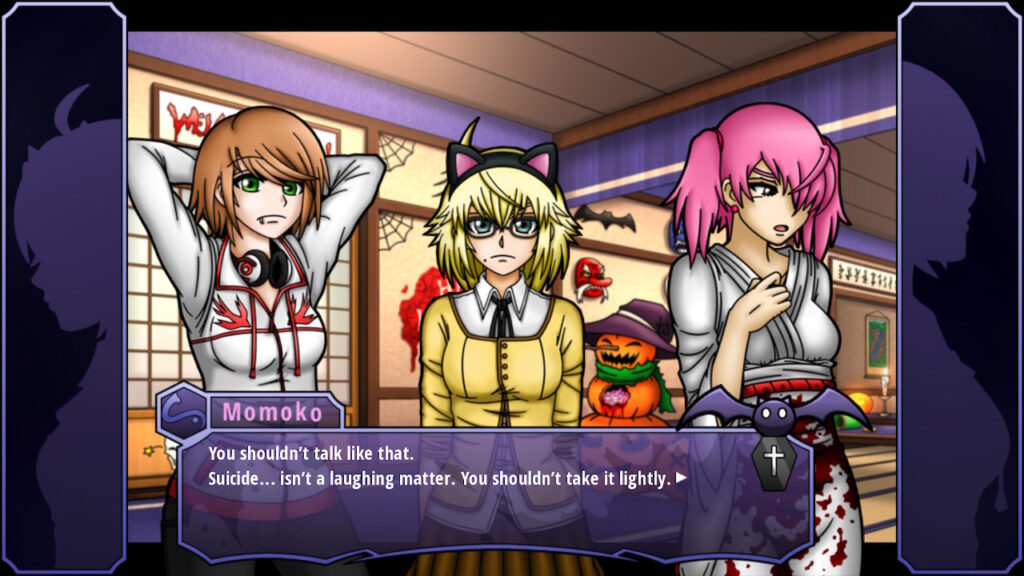
If you’re a hardcore visual novel junkie and you’ve blown through everything out there or you’re dying for a murder mystery (pun intended), Shinrai – Broken Beyond Despair might be for you. For the majority of players though, this weirdly inappropriate pubescent teenage murder mystery is a bit too graphic and unpolished, a bit too wordy, and honestly, not all that much fun. Sure, the story gets going eventually and it’s solid, but the presentation disengages the player in a way that’s disappointing at best. Perhaps look elsewhere for your next visual novel fix.
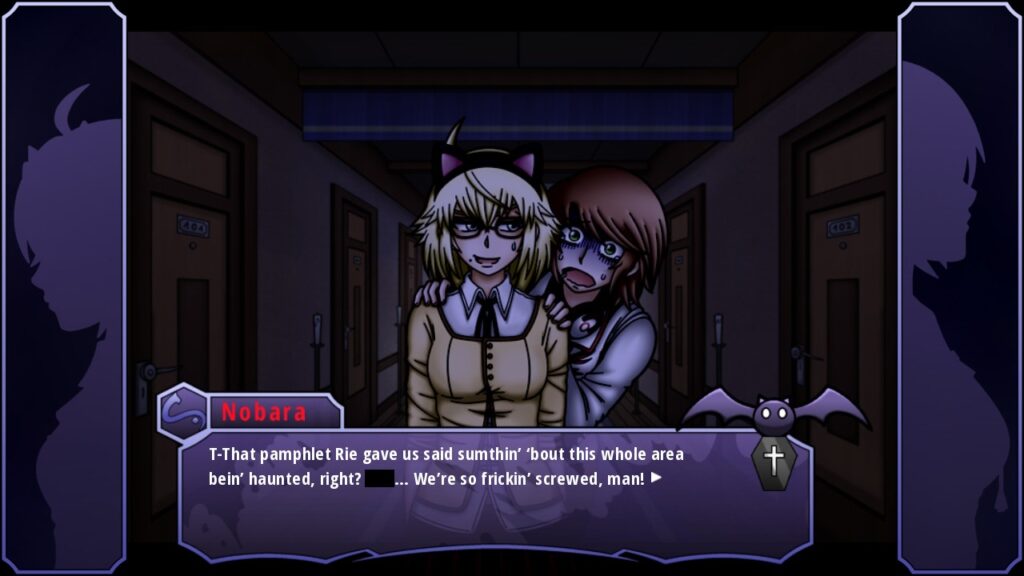
This review was based on a digital copy of Shinrai – Beyond Despair provided by the publisher. It was played on a Nintendo Switch in both docked and undocked modes. Shinrai – Beyond Despair is also available for Xbox Series X, PS4, and PC on Steam.

